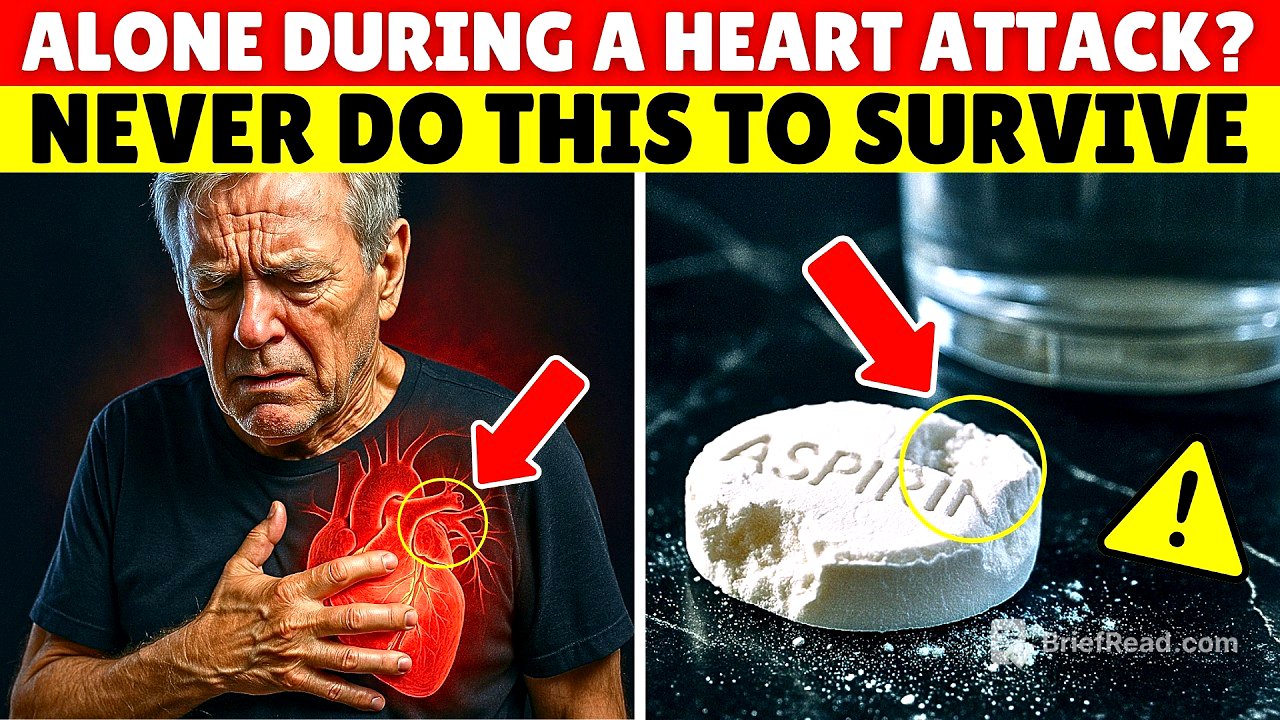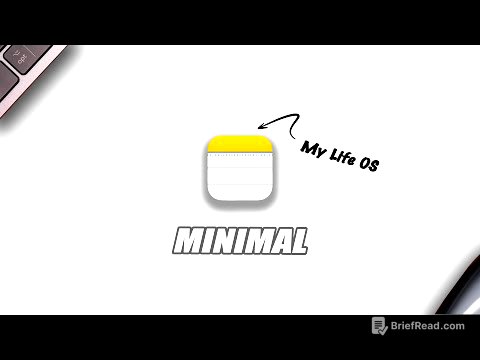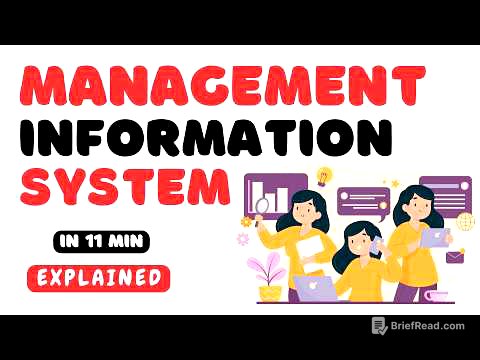TLDR;
This video provides seven life-saving techniques for seniors to use when experiencing a heart attack alone. It emphasizes the importance of preparedness and quick action in the first few minutes of a cardiac event to increase survival chances. The key points covered include creating an emergency communication system, mastering cough CPR, understanding the correct aspirin protocol, assuming the cardiac position, using controlled breathing, implementing an emergency door unlock and signal protocol, and following the immediate nitroglycerin protocol.
- Create emergency communication system
- Master the cough CPR technique
- Aspirin protocol that actually works
- Assume the cardiac position
- The controlled breathing method
- The emergency door unlock and signal protocol
- The immediate nitroglycerin protocol
Emergency Communication System [2:03]
Having a strategic emergency communication system is crucial. Write your complete address, including apartment number and gate codes, on a bright-colored index card and tape it next to every phone. Program 911 into your speed dial as number one on every phone, including your cell phone. Keep your cell phone charged and within arm's reach at all times, especially at night. If you live alone, get a medical alert device and wear it constantly, even in the shower. Tell your neighbors about your condition and give a trusted neighbor a spare key, so they can check on you if they hear unusual noises or if you don't follow your normal routine. In apartment buildings, inform the building manager or doorman.
Master the Cough CPR Technique [4:44]
Cough CPR involves creating pressure changes in your chest to maintain blood flow to your brain when your heart rhythm becomes dangerously irregular. At the very first sign of heart attack symptoms, take a deep breath and cough hard and deep, repeating this cycle every two seconds without stopping. This technique is effective only if you're still conscious and during the early stages of a heart attack and should be used while waiting for emergency help to arrive, never as a substitute for calling 911.
Aspirin Protocol That Actually Works [7:10]
Chew aspirin, don't swallow it whole, to allow it to be absorbed through the lining of your mouth faster. The correct dose is 325 mg, which is typically one regular strength tablet or four baby aspirins. Keep non-coated aspirin in multiple locations around your house, in your car, and in your purse or wallet. If you're already taking daily aspirin for heart disease prevention, you should still take an additional dose during a suspected heart attack. However, don't take aspirin if you're allergic to it or if you're taking blood thinners like warfarin without checking with your doctor first.
Assume the Cardiac Position [9:35]
If you're experiencing heart attack symptoms, sit up at about a 45° angle, propping yourself against a wall or using pillows on a bed or couch, with your knees bent and your feet flat on the floor or bed. If you start feeling dizzy or like you're going to faint, lower yourself to the ground slowly, using furniture for support if possible, and lie on your side, not your back, in the recovery position. Loosen any tight clothing immediately and keep your environment cool but not cold.
The Controlled Breathing Method [12:11]
Practice diaphragmatic breathing to maximize oxygen absorption, reduce your heart rate, and lower your blood pressure. Breathe in slowly through your nose for a count of four, feeling your belly expand, hold that breath for a count of four, then exhale slowly through pursed lips for a count of six. Focus on breathing with your diaphragm, not your chest, and count out loud if you can to maintain the rhythm and let the dispatcher know you're still conscious and breathing.
The Emergency Door Unlock and Signal Protocol [14:42]
Unlock your front door the moment you feel heart attack symptoms starting, and if possible, leave it slightly ajar. Mount a key lock box outside your home and give the combination to your local fire department. Turn on every light in your house if you're able, and during the day, hang something bright from your front door or window. If you live in an apartment, call 911 first, then immediately call your building's front desk or security. Keep a whistle attached to your keychain and in your nightstand, and create an emergency information sheet and tape it to the inside of your front door at eye level.
The Immediate Nitroglycerin Protocol [17:40]
If you have any cardiac risk factors, talk to your doctor about getting a prescription for emergency nitroglycerin. At the very first sign of heart attack symptoms, sit down immediately and place one tablet under your tongue, letting it dissolve completely. Set a timer for 5 minutes, and if your symptoms haven't improved significantly, take a second tablet, repeating this process up to three tablets in 15 minutes, and call 911 if you haven't already. Store your nitroglycerin properly in its original amber glass bottle, replace it every six months, and keep bottles in multiple locations. If you take erectile dysfunction medications, you cannot take nitroglycerin within 24 to 48 hours, and chew an aspirin first before taking nitroglycerin if you're having heart attack symptoms.









